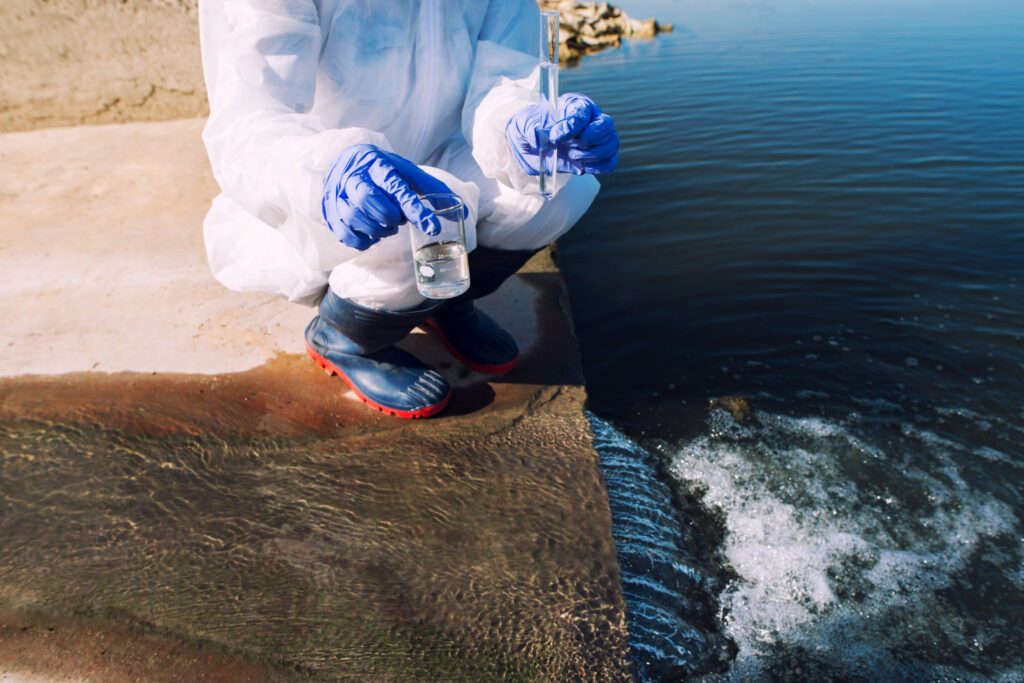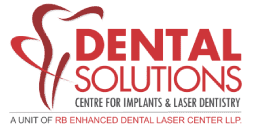In the face of rapid urbanization, industrial growth, and climate change, sewage water treatment has become a critical aspect of sustainable water management. Traditional sewage treatment methods, while effective, are often energy-intensive, produce large amounts of waste, and sometimes fail to meet the rigorous standards required for water reuse or environmental protection. In response to these challenges, innovative technologies and approaches have emerged to improve the efficiency, sustainability, and effectiveness of sewage water treatment.
This article explores the cutting-edge techniques that are transforming sewage water treatment, making it more resource-efficient, environmentally friendly, and capable of meeting the growing demand for water reuse and resource recovery.
1. Membrane Bioreactors (MBR)
Membrane Bioreactors (MBRs) represent one of the most advanced technologies in sewage water treatment. These systems combine biological treatment with membrane filtration, offering several advantages over traditional methods. In an MBR system, wastewater is first treated biologically to remove organic contaminants, and then the resulting effluent is passed through a membrane filter to remove suspended solids and pathogens.
The main advantage of MBRs is their ability to produce high-quality effluent suitable for reuse in irrigation, industrial processes, or even as potable water after further treatment. The membrane filtration also removes fine particles and microorganisms that other treatment processes may miss.
Key Benefits:
- High-quality treated water that meets stringent regulatory standards.
- Compact and efficient design, ideal for urban areas with limited space.
- Suitable for water recycling and reuse in non-potable and potable applications.
- Improved pathogen removal, making water safer for reuse.
2. Electrocoagulation
Electrocoagulation (EC) is an innovative technology that uses an electric current to remove contaminants from sewage water. When an electric current is passed through metal electrodes, it releases charged ions that destabilize and coagulate contaminants, allowing them to be easily removed through sedimentation or flotation.
EC is highly effective at removing heavy metals, oils, and suspended solids from wastewater, making it a valuable technology for treating industrial wastewater or highly polluted sewage. It is also a chemical-process, reducing the need for harmful chemicals in treatment.
Key Benefits:
- Effective at removing a wide range of contaminants, including metals and oils.
- Low chemical consumption, reducing operational costs and environmental impact.
- Minimal sludge generation, reducing disposal concerns.
- Can be integrated into existing sewage treatment plants for enhanced performance.
3. Anaerobic Digestion for Sludge Treatment
Anaerobic digestion is a biological process that breaks down organic matter in sewage sludge without the presence of oxygen. It is commonly used to treat the sludge generated in sewage treatment plants, converting it into biogas, which can be used as a renewable energy source.
In addition to energy generation, anaerobic digestion significantly reduces the volume of sludge, minimizing disposal costs and environmental impact. The process also stabilizes the organic material, reducing odors and pathogens in the sludge.
Key Benefits:
- Produces biogas, which can be used for energy generation, helping to offset the operational costs of the treatment plant.
- Reduces the volume of sewage sludge, making disposal more manageable.
- Lower energy consumption compared to aerobic treatment processes.
- Enhances sustainability by promoting resource recovery.
4. Constructed Wetlands
Constructed wetlands mimic the natural processes of wetlands to treat wastewater through physical, chemical, and biological interactions. These systems use plants, soil, and microorganisms to filter out contaminants from sewage water, making them a low-cost, eco-friendly solution for wastewater treatment.
There are two main types of constructed wetlands: surface flow wetlands, where water flows across the surface of plants, and subsurface flow wetlands, where water is filtered through the soil and plant roots. Both systems are effective in removing organic contaminants, nutrients, and some pathogens, making them suitable for rural or decentralized sewage treatment.
Key Benefits:
- Low maintenance and low energy requirements.
- Utilizes natural filtration processes, reducing the need for chemicals.
- Can be integrated into urban landscapes, improving biodiversity.
- Ideal for small communities or decentralized treatment systems.
5. UV Disinfection
Ultraviolet (UV) disinfection is a non-chemical, environmentally friendly method used to kill or inactivate harmful microorganisms in sewage water. UV light damages the DNA of bacteria, viruses, and other pathogens, rendering them harmless.
This technology is particularly useful as a final step in sewage water treatment, ensuring that the treated water is from pathogens and safe for release or reuse. UV disinfection is becoming more common in municipal sewage treatment plants, as it does not involve harmful chemicals, is energy-efficient, and requires minimal maintenance.
Key Benefits:
- Chemical, making it an environmentally friendly option.
- Effective at inactivating a wide range of microorganisms, including viruses and bacteria.
- Can be integrated into existing sewage treatment systems.
- Provides an additional layer of protection for water that will be reused for non-potable or potable purposes.
6. Resource Recovery: Phosphorus and Nitrogen Removal
Advanced sewage water treatment technologies are also focusing on recovering valuable resources from wastewater. Phosphorus and nitrogen are essential nutrients for plants, but when present in excess, they can cause eutrophication in water bodies, leading to algal blooms and oxygen depletion.
Several innovative techniques are now available to remove excess nitrogen and phosphorus from wastewater, including biological nutrient removal (BNR), chemical precipitation, and membrane filtration. The recovered nutrients can then be used as fertilizers in agriculture, promoting a circular economy and reducing the need for synthetic fertilizers.
Key Benefits:
- Reduces the environmental impact of nutrient pollution in water bodies.
- Recovers valuable resources, such as phosphorus and nitrogen, which can be used in agriculture.
- Enhances the sustainability of sewage water treatment by reducing reliance on chemical fertilizers.
- Contributes to the concept of a circular economy by turning wastewater into a valuable resource.
7. Zero Liquid Discharge (ZLD)
Zero Liquid Discharge (ZLD) is a cutting-edge technology that aims to eliminate liquid waste entirely by recovering and reusing all the water from sewage and industrial wastewater. ZLD systems use a combination of treatment processes, such as reverse osmosis, evaporation, and crystallization, to treat and concentrate wastewater, recovering pure water for reuse and solid waste for disposal or repurposing.
ZLD is an especially valuable technology in areas with severe water scarcity, as it ensures that no wastewater is released into the environment. It also helps reduce the demand for fresh water and minimizes the environmental impact of wastewater disposal.
Key Benefits:
- Achieves complete wastewater recovery, minimizing water waste.
- Ideal for areas with water scarcity or high water demand.
- Reduces environmental impact by eliminating discharge of wastewater into natural water bodies.
- Supports sustainable industrial practices and water reuse.
8. Advanced Oxidation Processes (AOPs)
Advanced Oxidation Processes (AOPs) are a group of highly effective chemical treatment methods used to break down complex organic contaminants in sewage water. These processes involve the generation of highly reactive hydroxyl radicals, which can degrade a wide range of pollutants that traditional treatments may not remove effectively.
AOPs can be particularly useful for treating industrial sewage water or wastewater that contains toxic chemicals, pharmaceuticals, or endocrine-disrupting compounds. When combined with other treatment processes, AOPs can enhance the overall efficiency of sewage water treatment systems.
Key Benefits:
- Effective at breaking down persistent and toxic organic pollutants.
- Can be used to treat wastewater from industries, pharmaceuticals, and chemical plants.
- Can be integrated with other treatment technologies to improve overall water quality.
- Helps meet stringent discharge and water reuse standards.
Conclusion
As the demand for clean water grows and environmental concerns escalate, innovative approaches to sewage water treatment are becoming increasingly important. From membrane bioreactors and electrocoagulation to anaerobic digestion and resource recovery, these advanced technologies are making wastewater treatment more efficient, sustainable, and capable of supporting water reuse and conservation efforts.
By embracing these innovative solutions, municipalities, industries, and communities can improve the quality of treated wastewater, reduce environmental impact, and contribute to a more sustainable, water-efficient future. With ongoing advancements in treatment technologies, the potential for sewage water to be transformed into a valuable resource is greater than ever before.











